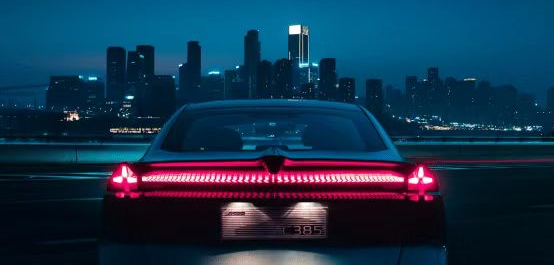Avita: New Material Stacking Machine
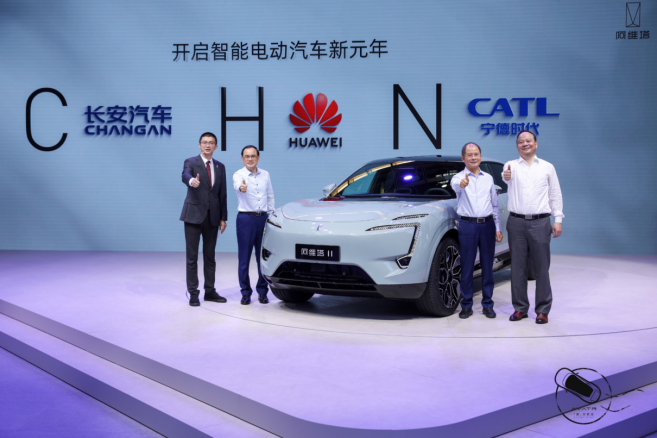
With only a few days left before “Please be good to me in the second half of the year” arrives, some people are still unwilling to wait and insist on showing their cards early.
If Guangdong-Hong Kong-Macao is the carnival of “Di fans” and “Japanese blowers”, then the Chongqing Auto Show is the paradise of Changan Automobile, the Southwest Giant. Taking advantage of the home field advantage, Changan Group has gathered a lineup of new electrification vehicles spanning the entire line in the first half of this year’s closing battle.
Avita: the New Material Stacking Machine
Under the current situation that it’s hard to go anywhere, Changan, Huawei, and CATL’s CEOs – Zhu Huarong, Xu Zhijun (interim), and Zeng Yuqun gathered in Chongqing to personally promote Avita. The three people took turns speaking on the same stage, which is rare and has a taste of “Chinese Partners”.
As the first work of this tripartite joint venture new brand, Avita 11 (and its limited edition 011) is probably the most important new car in the entire Changan system this year.
Although the Chongqing Auto Show is not the time for Avita to go on sale, it will officially go on sale on August 8th and achieve large-scale delivery by the end of this year.
The main information about Avita 11 has been exposed before. This time, Avita released more information about the CHN platform. The name of this electric platform comes from the initials of Changan, Huawei, and CATL, which is also the international code of China, implicitly containing “Chinese power”.
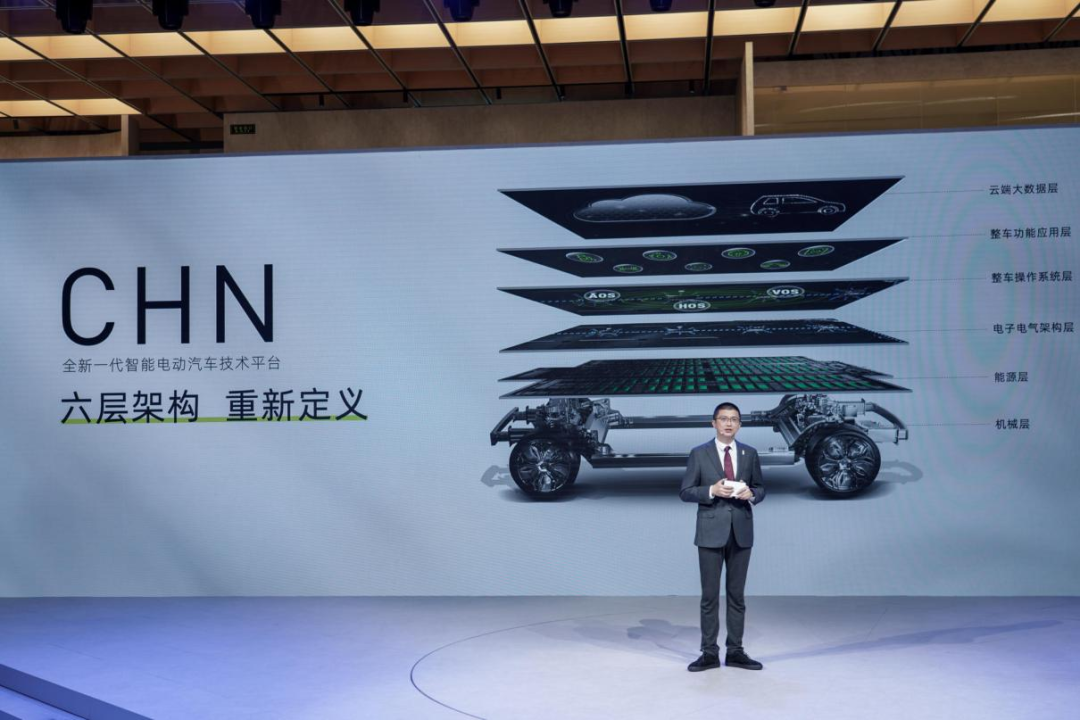
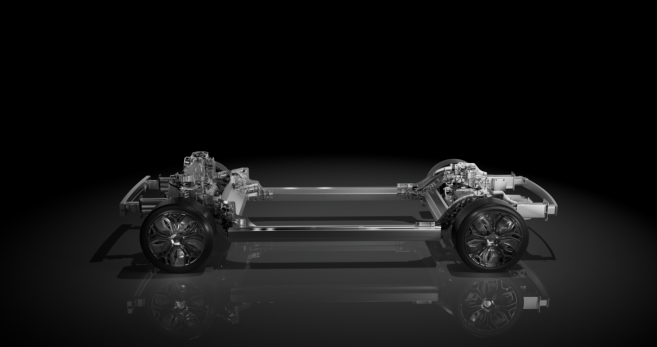
First of all, it can be confirmed that CHN is a true and positive development pure electric platform. According to the official statement, the CHN platform can support various types of vehicles with a wheelbase of 2800-3100mm, including sedans and MPVs (Avita 11 has a wheelbase of 2975mm), and the power configuration is compatible with both two-wheel and four-wheel drive.
The structural diagram released by the official can be seen that the CHN platform doesn’t have a trace of “oil smell”. The large central space is reserved for the battery pack, surrounded by a crossbeam structure. The front double-wishbone and rear five-link suspension structures are standard high-end car configurations. The lightweight aluminum alloy chassis can save 30% of the weight compared to the full steel structure (official statement).In the locations of the front and rear tower tops, wheel arches, and side beam corners (torsion-resistant box) of the chassis, CHN platform has applied cast aluminum components, which almost only appear in high-end models that attach great importance to body performance, contributing to improving the lightweight, stiffness, and NVH performance of the whole vehicle. The left and right front tower tops are also connected by reinforcement bars, further indicating the characteristics of high stiffness pursued by the whole vehicle.
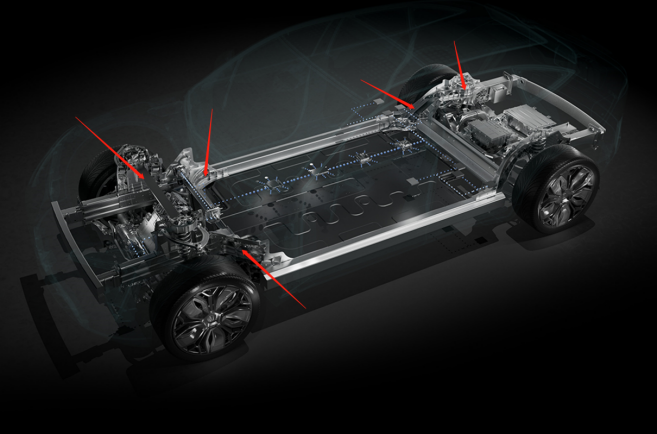
The Avita 11 initial version is equipped with 425kW dual motor, with 0-100km/h acceleration of only 3.98 seconds; the CTP ternary lithium battery pack supplied by CATL providing 555km and 680km versions respectively; based on 750V high voltage platform, it supports up to 240kW super-fast charging, achieving the charging rate of 200km replenishment in 10 minutes.
In terms of intelligence and digitalization, as a Huawei Inside model, the Avita 11 is equipped with an intelligent driving system with three laser radars as the core sensors. At the same time, the CHN platform is also a new platform that integrates the domain controller electronic and electrical architecture. The power domain, intelligent driving domain, intelligent cockpit domain, and body domain adopt the domain controller, greatly improving the interaction efficiency of the in-car information, and providing more abundant OTA upgrade space in the future.
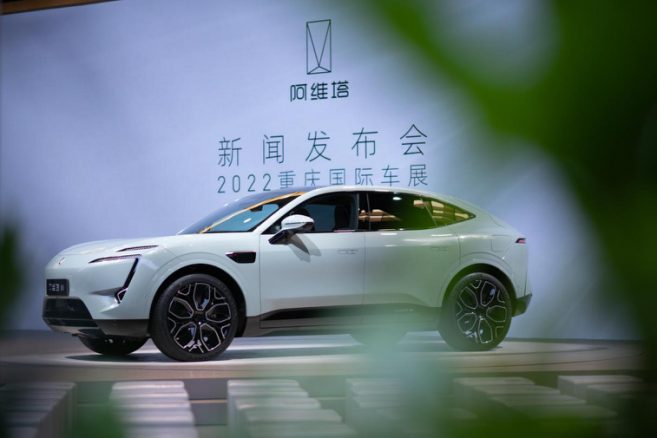
If you thought that “material stacking” only belonged to Internet car-making companies before, the Avita has taught everyone a lesson. The effect of material stacking will probably have an answer in the second half of this year.
Deep Blue: a rising star of the middle tier
Deep Blue, a new brand named in 2022, has become one of the representatives of domestic car companies creating mid-to-high-end electric sub-brands overnight. If you don’t understand this concept, the BYD Han series is another case.
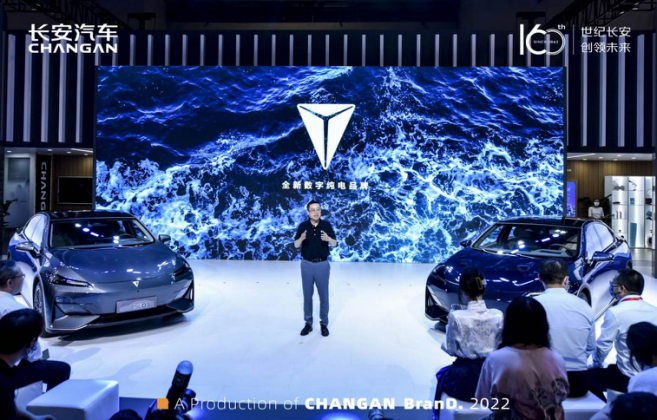
Different from the previous new brands like Xpeng, the market positioning of the Han series and Deep Blue is also comparable to that of the Tesla Model 3, but their pricing enters the blank left by the price increase of Tesla. The pre-sale price of the first model, the SL03 pure electric version, is between 179,800 and 231,800 yuan, which is much lower than the starting price of about 210,000 yuan for the Han series, and the official launch time is no later than the end of July, with delivery no later than the end of August.Different from Hippo, Deep Blue adopted not only all-electric but also extended-range and hydrogen energy. Ignoring the hydrogen energy which is a bit early for now, the combination of all-electric and extended-range is not a common but practical choice for Deep Blue.
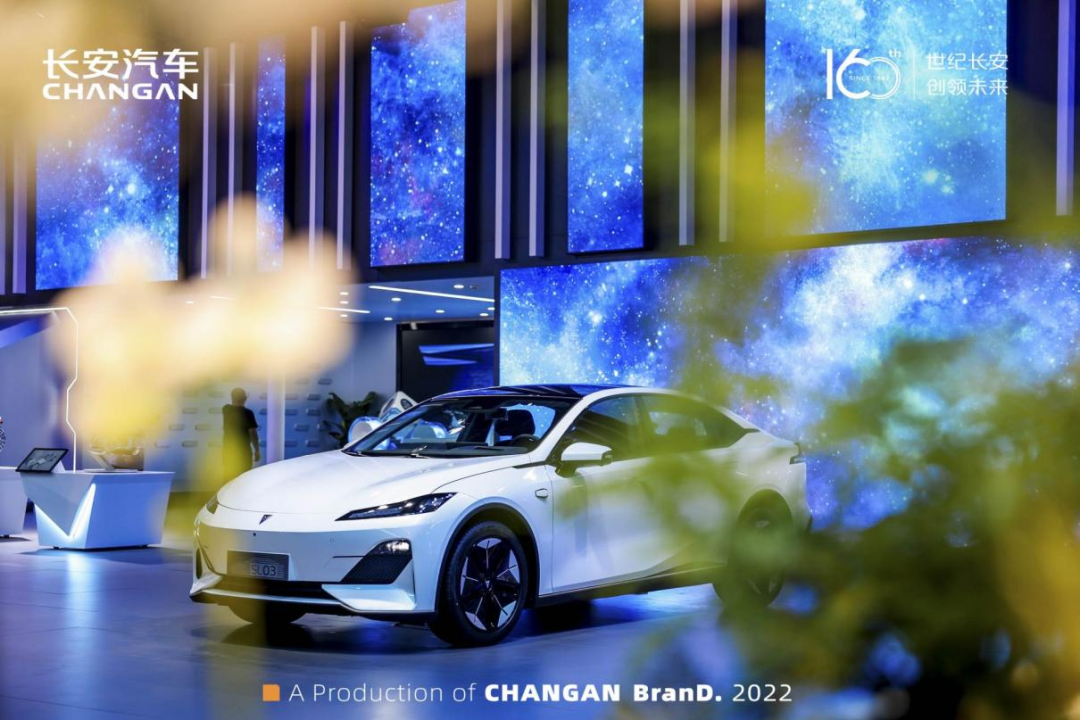
Especially, Deep Blue still compatible with some fuel power but adopts the newly developed EPA1 platform by Changan. The new platform has advanced rear trapezoidal multi-link suspension and full-series rear-wheel drive, which distinguishes it from all Changan models currently on sale. It’s obvious that Changan has made up its mind to build the brand new middle-to-high-end brand Deep Blue.
The all-electric version of SL03 has a range of 515km and 705km (CLTC). The extended-range version can travel more than 200km purely on electricity, and the fuel consumption is below 4.5L/100km. Combined with the published pricing of the all-electric version, we can see that although Deep Blue has upgraded in positioning compared to Changan’s existing brands, it still adheres to the populist route and cautiously goes one step at a time to capture the middle-to-high-end market with higher average price for Changan.
UNI-V: Popularization Plan of 2.0T Engine
UNI-V, the first sedan of Changan UNI series, was launched three months ago and became the cheapest model with an electric tail wing on sale. It was priced just over 100,000 yuan and became the popular work of economic sports cars.
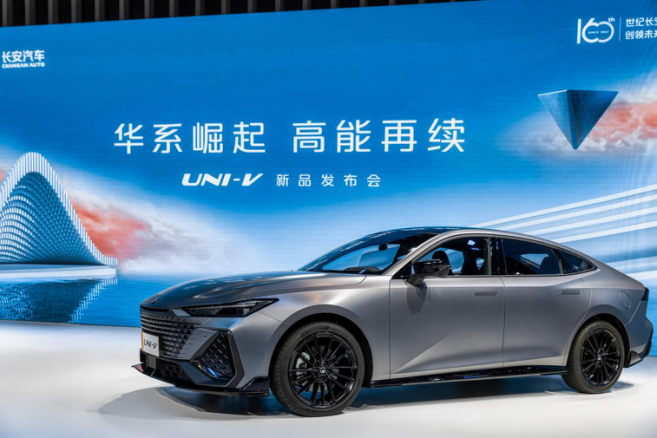
The only problem was that UNI-V was only equipped with the Blue Whale NE 1.5T power at that time. 138kW is a bit insufficient for performance enthusiasts. Fortunately, the UNI-V equipped with the Blue Whale 2.0T engine has announced the same surprising price: 129,900 to 139,900 yuan.
This is probably the cheapest 2.0T version among the new generation engine models of the first-tier domestic independent brands. The Blue Whale 2.0T provides a peak power of 171kW and a maximum torque of 390N·m, making up for the lack of strong power in the sporty performance of the UNI-V. At the same time, UNI-V 2.0T has also upgraded to larger brake discs, with an official 100km/h braking distance of only 35m.
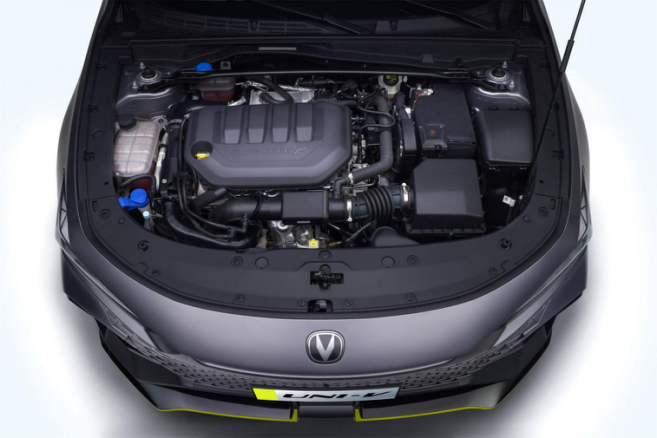 After equipping UNI-V with 1.5T and 2.0T fuel engines, the next step will be to add the Changan’s new iDD hybrid system. At the Chongqing Auto Show, UNI-V iDD version was launched, equipped with a 125kW Blue Whale hybrid special 1.5T engine and a 125kW electric motor and 18.4kWh battery pack. The all-electric range is 100 km, and the fuel consumption rate is only 4.95L/100 km.
After equipping UNI-V with 1.5T and 2.0T fuel engines, the next step will be to add the Changan’s new iDD hybrid system. At the Chongqing Auto Show, UNI-V iDD version was launched, equipped with a 125kW Blue Whale hybrid special 1.5T engine and a 125kW electric motor and 18.4kWh battery pack. The all-electric range is 100 km, and the fuel consumption rate is only 4.95L/100 km.
The iDD hybrid system has already been applied to UNI-K, which was launched earlier. The estimated release time for the UNI-V iDD is the third quarter. From BYD DM-i to Great Wall Lemon DHT, to Geely Lynk & Co 06 PHEV, hybrid technology has become the must-contend area for domestic brands.
The iDD system is also expanding its application range. The all-new compact SUV Oshan Z6, which also belongs to the Changan brand, released the iDD version at the show. It also has the Blue Whale 1.5T power and intelligent technology as the new car’s main selling point.
Even the joint venture brands are not left behind. Changan Ford launched a new version of Focus at the Chongqing Auto Show. The power system is finally replaced by a 1.5T four-cylinder engine that meets the needs of consumers who prefer four cylinders.
Perhaps because Changan has always grown up in Chongqing, it is not afraid of complicated roads.
As a sub-sequence of the Changan brand, UNI is firmly established in the fuel market while entering the competition of hybrid power. Changan Oshan, as a continuously upward domestic brand, continues to output cost-effectiveness and high-value in the low-price market. As a high-end force that is a joint venture with Huawei and CATL, AVITA has joined the competition of China’s pure electric luxury brands. In the middle, as a Blue strategic unit, it is more inclined towards electrification while retaining more possibilities such as range extenders and hydrogen fuel cells to explore new mid-to-high-end markets for Changan.
Today, this dizzying combination gradually has a clear appearance.
This article is a translation by ChatGPT of a Chinese report from 42HOW. If you have any questions about it, please email bd@42how.com.
